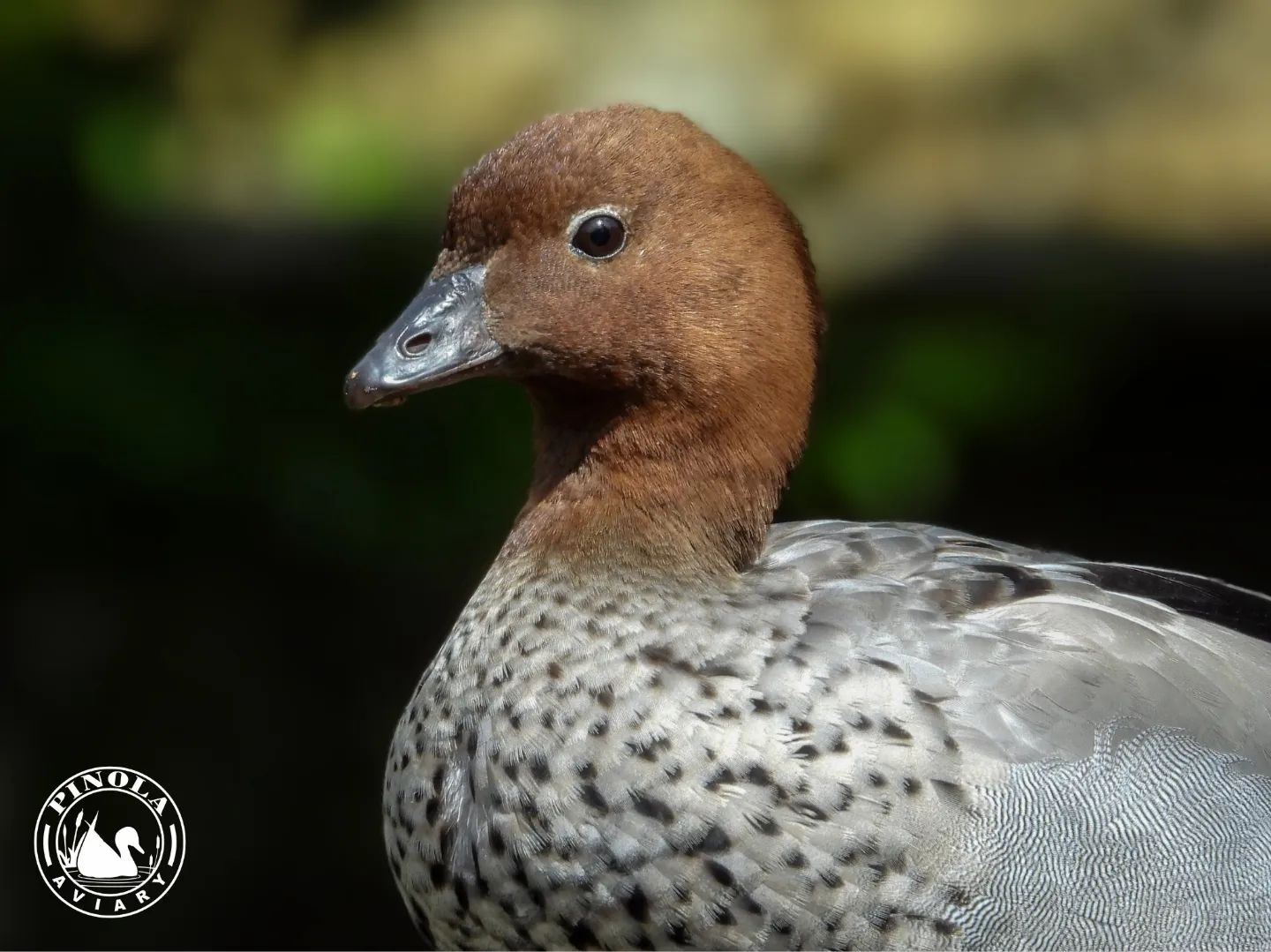- Overview and Habitat of the Maned Duck (Chenonetta jubata)
- Physical Characteristics and Behavior
- Diet and Feeding Habits
- Reproduction and Development
- Conservation Status and Management Strategies
The Maned Duck, known scientifically as Chenonetta jubata, presents a fascinating case study for zoologists and wildlife conservationists focused on avian species in Australia. Distinguished by their unique physical traits and behavioral patterns, these ducks occupy a specific ecological niche in freshwater environments.
Overview and Habitat of the Maned Duck (Chenonetta jubata)
The Maned Duck, often referred to as the Australian Wood Duck, is endemic to Australia. They are typically found in landscapes away from the coastal regions, inhabiting freshwater wetlands, grasslands, and open woodland areas. They prefer water bodies with ample vegetation as these environments offer abundant food sources and protective cover from predators. Outside the breeding season, these ducks may be seen grazing in pastures and urban parks, evidencing their adaptability.
Their distribution spans the eastern and southern parts of Australia, inclusive of Tasmania, extending into southwestern regions. Seasonal movements or nomadic behavior are observed in response to water availability and climatic conditions, showcasing their ability to adapt to environmental changes.
Physical Characteristics and Behavior
Maned Ducks are medium-sized, weighing between 1 to 1.3 kilograms, with males slightly larger than females. Their plumage is sexually dimorphic: males exhibit distinctive dark brown "manes" of feathers on the back of their heads, which have earned them their common name. Females possess a more subdued coloration, with mottled brown plumage. Both sexes have pale gray bodies, black spots on their flanks and underparts, and a characteristic pinkish tint to their feet and bill.
These ducks are typically seen in pairs or small flocks, especially during the breeding season. Outside this period, they can gather in larger groups. During the day, they are mostly active and can be observed engaged in foraging activities. Unlike many other duck species, Maned Ducks are primarily terrestrial feeders, often seen grazing on land rather than dabbling in water.
Diet and Feeding Habits
The diet of the Maned Duck is predominantly herbivorous. They feed on a variety of grasses, clover, and other aquatic plants. Seasonal variations influence their feeding behaviors, with a higher consumption of seeds and grains during certain times of the year. Their foraging method is primarily grazing, akin to geese, and this distinguishes them from other duck species that generally feed in water.
Young ducklings exhibit a different feeding strategy, often consuming small invertebrates and insects to meet their high protein requirements for growth. This dietary shift is crucial for their development and survival in the critical early stages of life.
Reproduction and Development
Breeding in Maned Ducks typically occurs from late winter to early summer, although this can vary depending on rainfall and water conditions. They exhibit monogamous pair bonds, with pairs forming long-term associations. Nesting sites are generally located in tree hollows near water bodies, an adaptation that reduces predation risks. If natural tree hollows are scarce, these ducks may also utilize nest boxes provided by conservation programs.
Females lay between 8 to 12 eggs, with incubation lasting around 30 days. During this period, the male remains in close proximity, guarding the territory. After hatching, ducklings are led to water by their parents and are capable of foraging shortly after. The chicks are precocial, meaning they are relatively mature and mobile from birth, which is essential for their survival in the wild.
Conservation Status and Management Strategies
The Maned Duck is currently not listed as a threatened species, maintaining a stable population across its range. However, continuous monitoring is essential due to potential threats such as habitat loss, pollution, and climate change. Effective conservation strategies involve habitat protection and restoration, particularly preserving and enhancing wetland areas. Agricultural practices that maintain grassland habitats and reducing pesticide use also play a crucial role in their conservation.
In urban areas, management practices include providing artificial nesting sites and ensuring safe green spaces for these ducks to inhabit. Public education programs are vital in promoting coexistence and reducing human-wildlife conflict.
In zoos and wildlife parks, Maned Ducks require specific management practices to thrive. Enclosures need to mimic their natural habitats with ample space for grazing and water bodies for swimming. A diet replicating their natural food sources is essential to maintain their health. Veterinary care is critical to monitor for diseases and provide timely medical interventions. Furthermore, breeding programs in captivity can serve as a reservoir population, ensuring genetic diversity and aiding reintroduction efforts if needed.
By focusing on these aspects, the Maned Duck serves as an excellent example of how detailed ecological knowledge and targeted conservation efforts can help sustain a species in its natural habitat. Effective management practices in both wild and captive settings ensure the preservation of this unique avian species for future generations.
*****
Source Description
Maned Duck 𝘊𝘩𝘦𝘯𝘰𝘯𝘦𝘵𝘵𝘢 𝘫𝘶𝘣𝘢𝘵𝘢


